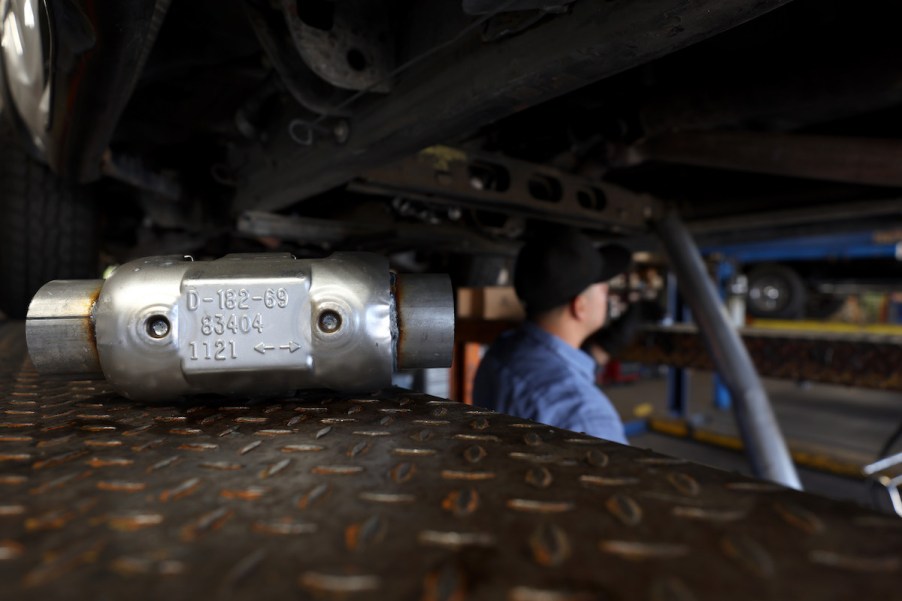
4 Parts You Won’t Find on an EV
Electric vehicles have a lot of advantages over gas cars. They’re cheaper to operate and conduct maintenance, emit no pollutants, and are much more efficient. And while the two serve the same purpose, their make and function are quite different. For example, several essential car parts are crucial to all gas-powered vehicles, but you won’t find them on an EV. Some of these include: you won’t find on an EV. Some of these include:
Four car parts you won’t find on an electric vehicle
An electric vehicle, or EV, is a vehicle that runs on electricity instead of gasoline. By plugging them into a ChargePoint, they take electricity from solar or the grid and store it in rechargeable batteries. The stored electricity then powers an electric motor, which, in turn, turns the wheels. The basic functions of an EV are the same as a gas car – you use it to get from point A to point B. However, there are some key differences. For one, EVs are much more efficient than gas cars since they emit no pollutants and are much cheaper to operate and maintain.
In addition, they have a much longer range than gas cars. Most EVs can go for 100 miles or more before recharging. There are also some things you won’t find on an EV that you might be used to in a gas car. Here are four parts you won’t find on an EV, according to Automotive Training Center:
1. Spark plugs
Spark plugs play a significant role in gas-powered vehicles, where they function to ignite the fuel-air mixture in the cylinders, thereby beginning the process of fuel combustion that powers cars into motion. However, since electric cars do not use fuel to power their motors, they don’t require spark plugs. Instead, they use battery power to turn the electric motors, which in turn, turn the wheels
2. Oxygen sensors
In gas cars, oxygen sensors monitor and regulate the air-to-fuel levels within the internal combustion engine. This information is then used by the engine control unit (ECU) to adjust the fuel injection and ignition timing. However, since electric cars don’t have an engine, they don’t need oxygen sensors. On an electric car stepping on the “gas” pedal is like turning on a switch. Furthermore, the ECU doesn’t exist in EVs, as the electric motors are powered directly by the battery.
3. Catalytic converters

A catalytic converter is an essential part of all gas-powered cars. It forms part of the exhaust system of gas cars and works to convert harmful pollutants into less harmful emissions before they exit the car. It alters the potency of exhaust chemicals, allowing them to be released through the exhaust pipe as less harmful gases. However, since electric cars do not use fossil fuels, they do not produce any emissions. This aspect nullifies the need for the catalytic converter.
4. Mufflers
Mufflers are devices in gas-powered vehicles that work to reduce or silence the noise from the car’s engine. Typically, the ignition of the air-fuel mix in the combustion chamber produces a loud noise. The muffler helps silence this noise, making it less noticeable and disruptive. However, electric cars do not have combustion engines and hence don’t produce much noise. The only audible noise from electric cars is the residual road noise produced from under the hood. As such, EVs don’t require a muffler.
Differences between gas versus EV
As you can see, there are some key differences between gas cars and EVs. While both types of vehicles have pros and cons, it’s clear that EVs are the way of the future. With technological advances, EVs will likely continue to become more popular and affordable. So if you’re in the market for a new car, an EV might be worth considering.


